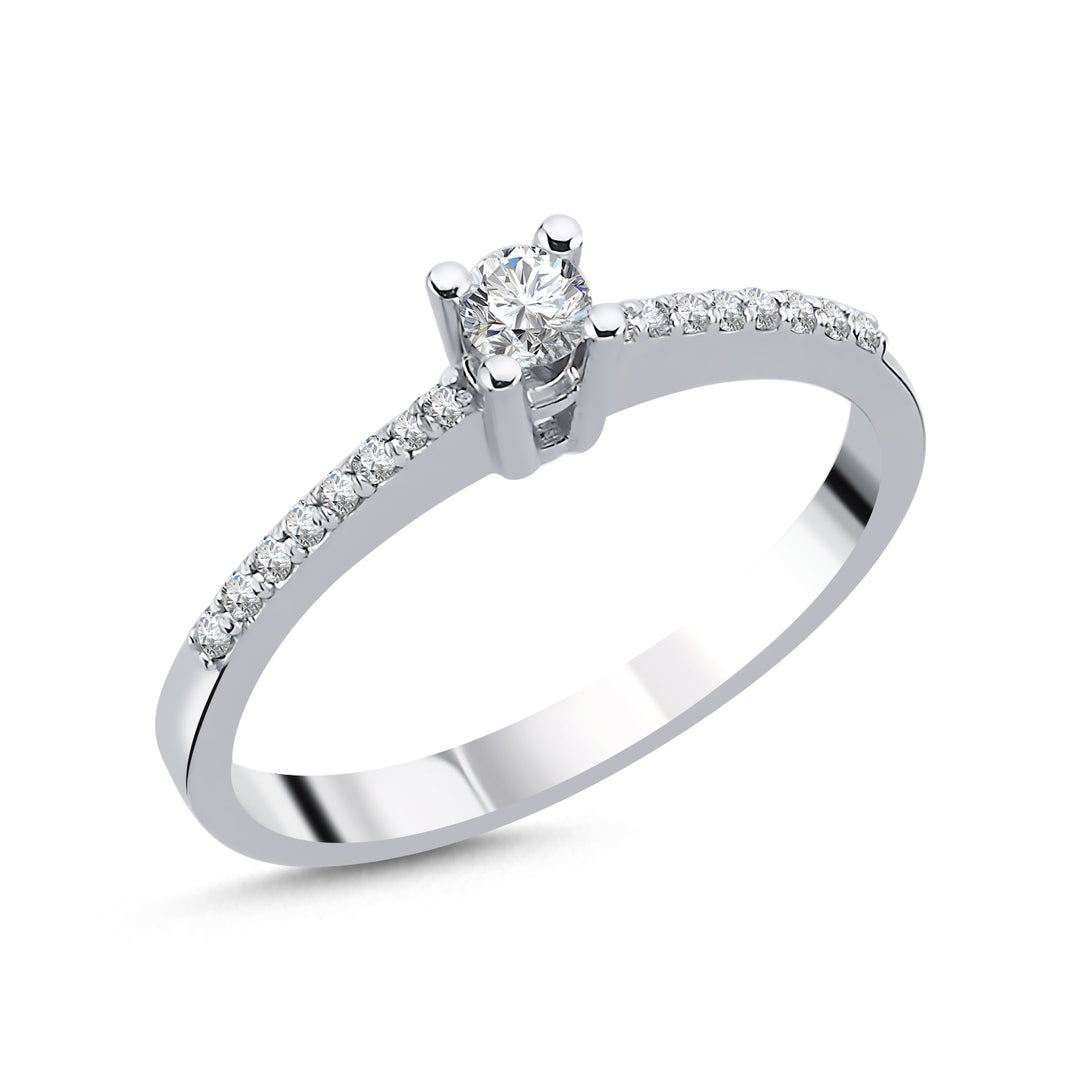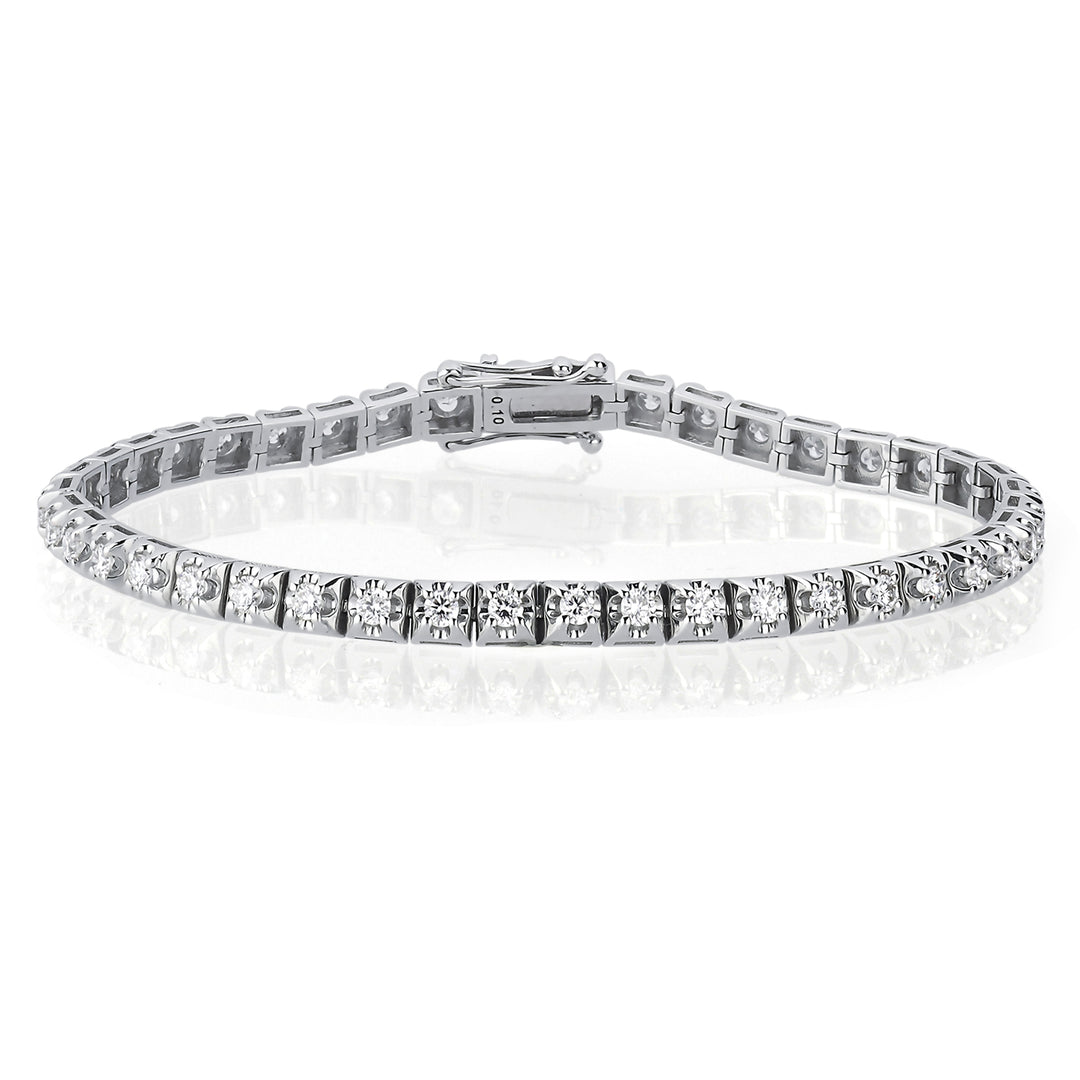6 Reasons to Buy Lab-grown Diamonds
The use of diamonds in rings has long symbolized love and commitment. As the hardest material, diamonds represent eternity and, by extension, the immortality of your love. However, do you want your symbol of love to be a diamond that has been mined without regard for ethical conditions and that has fueled regional conflicts?
With the emergence of ethical and lab-grown diamonds, couples who want to marry without stretching their budget now have a new option. Unlike imitation diamonds made of glass or plastic, lab-grown diamonds are real diamonds produced through scientific processes in a controlled environment. This makes them more affordable compared to mined diamonds.
Lab-grown diamonds are gaining popularity due to their cost-effectiveness, dazzling beauty, durability, and eco-friendly nature, offering numerous advantages over mined diamonds. In this blog post, we will explore why lab-grown diamonds are becoming more popular and why you should consider them for your next jewelry purchase.
Let's dive in!
1. Visually Identical to Mined Diamonds
Lab-grown diamonds are visually identical to mined diamonds. Both exhibit the same brilliance and fire, and offer similar color and clarity ranges. According to Dr. Sally Magaña, a research scientist at the Gemological Institute of America (GIA), lab-grown diamonds are not imitations like cubic zirconia or moissanite. They share the same physical, chemical, and optical properties.
One advantage of lab-grown diamonds is that, due to their controlled growth environment, they often have higher clarity and fewer imperfections compared to mined diamonds.
Physically and chemically, you cannot distinguish between a mined diamond and a lab-grown diamond with the naked eye. Only expert gemologists and certified laboratories have the equipment and tests to differentiate between a lab-grown and a mined diamond. No jeweler can detect a lab-grown diamond without specialized tools.
A final note on their similarities: both lab-grown and mined diamonds are graded using the 4Cs—cut, color, clarity, and carat. This means that the quality grading criteria set by the GIA apply equally to both types of diamonds, and neither is superior to the other.
2. The Same Product at Two Different Prices
Lab-grown diamonds are an excellent option for those with a limited budget or for those who want to save money without compromising on the look and sparkle of a diamond. This means that lab-grown diamonds are less expensive than mined diamonds. In fact, they are typically 30% to 40% cheaper than their mined counterparts of the same size and quality.
For example, a 1-carat mined diamond with SI1 clarity might cost $6,100, while a lab-grown diamond with the same rating costs approximately $2,300. Additionally, you could buy a 2-carat lab-grown diamond for roughly the price of a 1-carat mined diamond.
3. Produced in a Much Shorter Time
Lab-grown diamonds are produced much more quickly than mined diamonds because it takes millions of years for natural diamonds to form. According to Sidney Neuhaus, co-founder of Kimaï, it took just five days to grow the diamonds for Meghan Markle.
This means that lab-grown diamonds are created in a controlled laboratory environment with a more efficient, scalable, and rapid production process. In contrast, mined diamonds require complex geological processes and long periods of time under specific conditions, making them much rarer and more expensive.
4. Environmentally Friendly
Lab-grown diamonds are generally considered a more environmentally friendly and ethical option compared to mined diamonds. Mined diamonds cause significant environmental damage due to their extraction from oceans, open pits, and underground mines. Additionally, diamond mining in regions like Africa often leads to regional conflicts, making these diamonds known as "blood diamonds."
The mining process also has notable environmental impacts, including greenhouse gas emissions and damage to local ecosystems. For instance, hundreds of cattle in Zimbabwe died after drinking from the Odzi River downstream of a diamond processing facility, and similar incidents have occurred in other mining regions with limited water sources.
5. More Ethical and Responsible
Lab-grown diamonds are generally considered more ethical than mined diamonds because mined diamonds are often associated with child labor and the financing of conflicts through the sale of "conflict diamonds." In 2003, the United States banned the sale of conflict diamonds with the Clean Diamond Trade Act, and many countries have collaborated through the Kimberley Process to prevent the sale of conflict diamonds. Despite these measures, mined diamonds can still be associated with these negative practices, leading consumers to opt for more socially responsible choices.
In contrast, lab-grown diamonds are created under controlled conditions by skilled and fair-working scientists and engineers, eliminating the risk of supporting unethical practices. The two main methods used to produce lab-grown diamonds are Chemical Vapor Deposition (CVD) and High Pressure High Temperature (HPHT), both of which do not involve harmful environmental practices or labor exploitation.
Lab-grown diamonds are becoming increasingly popular due to their aesthetic beauty, affordability, quick production times, environmental friendliness, and ethical responsibility. Consider this modern and sustainable option for your next jewelry purchase and find the perfect piece that reflects your values along with your love.















